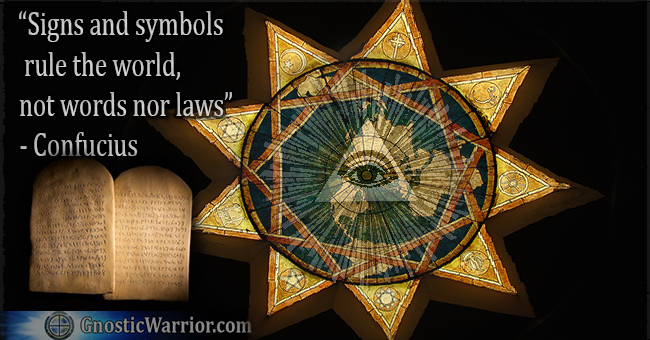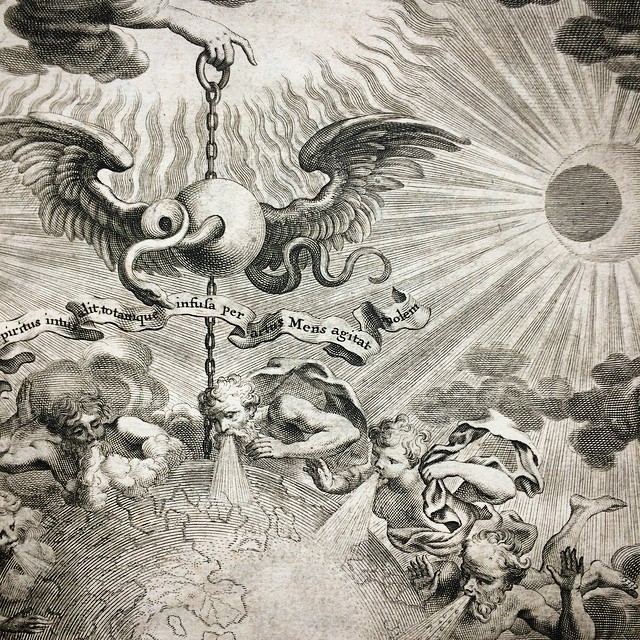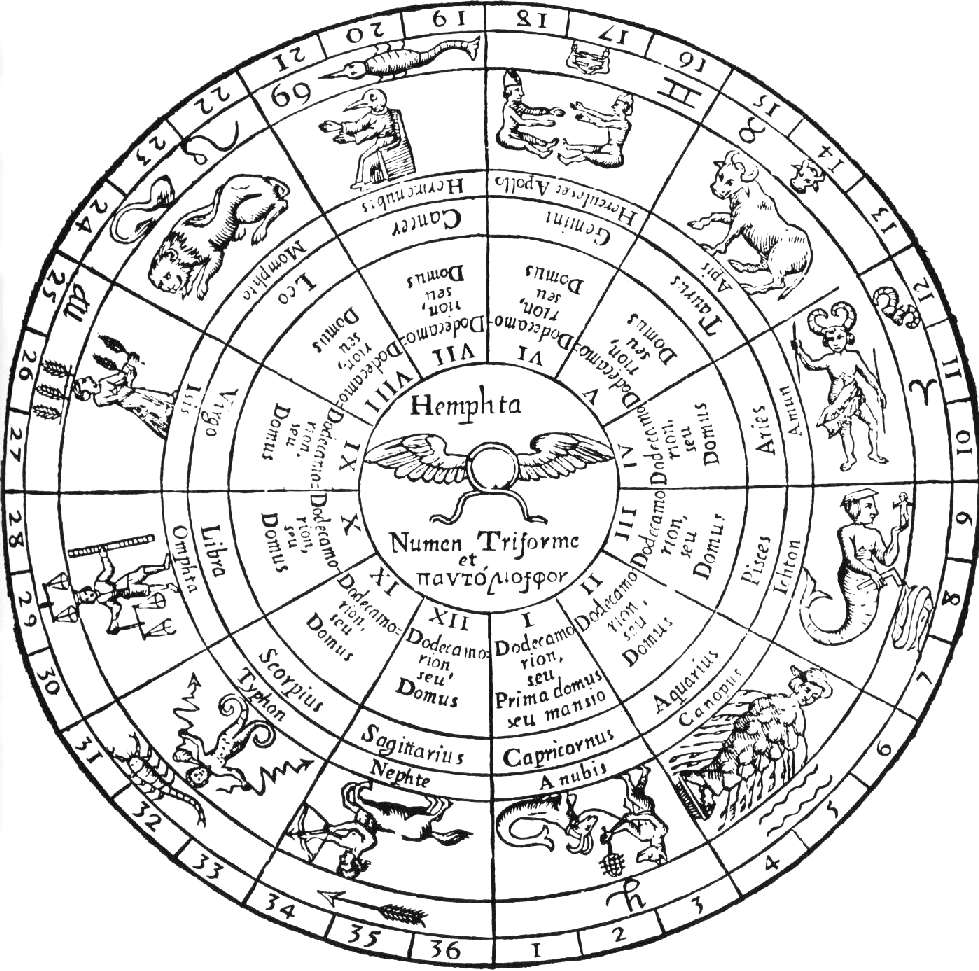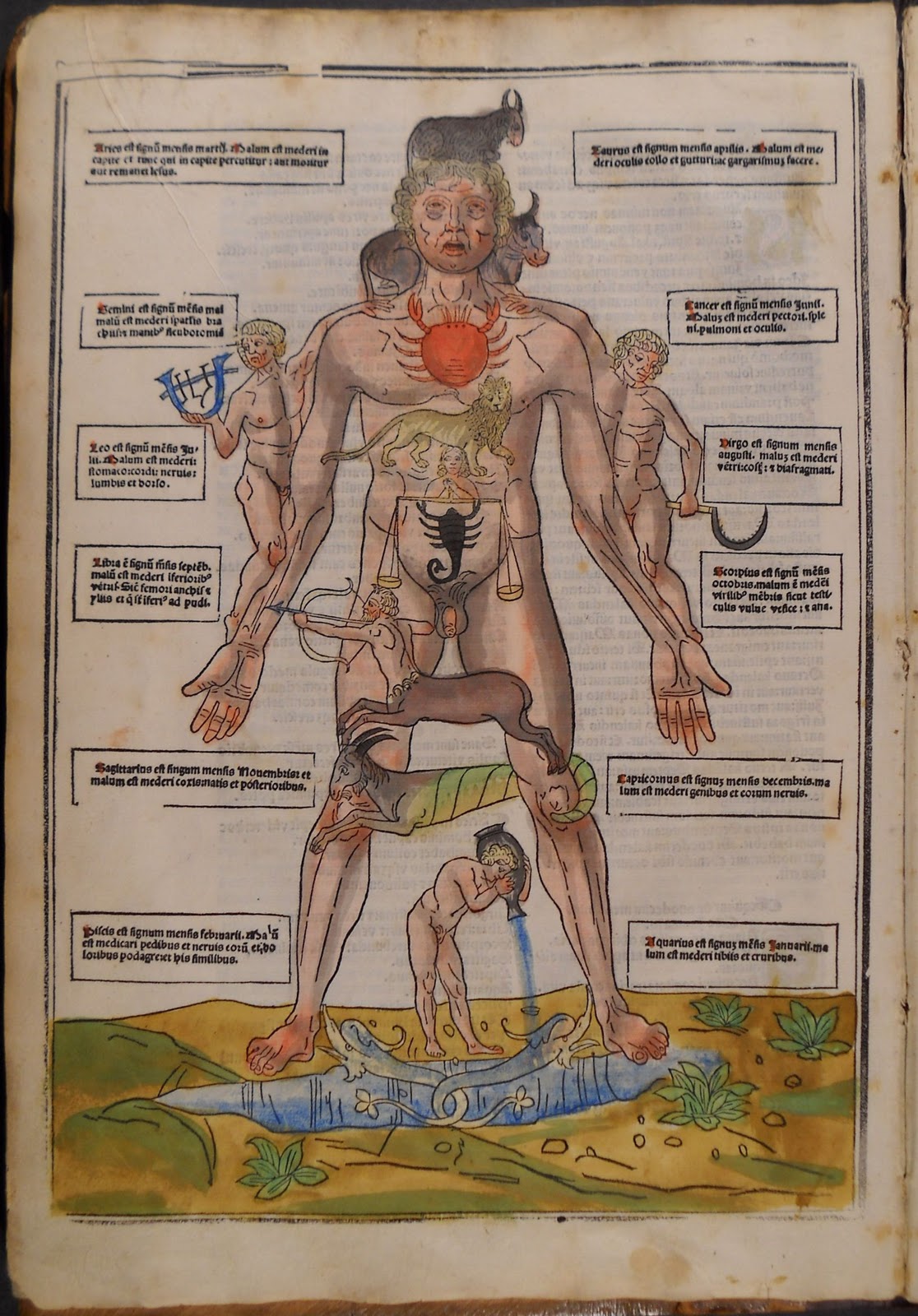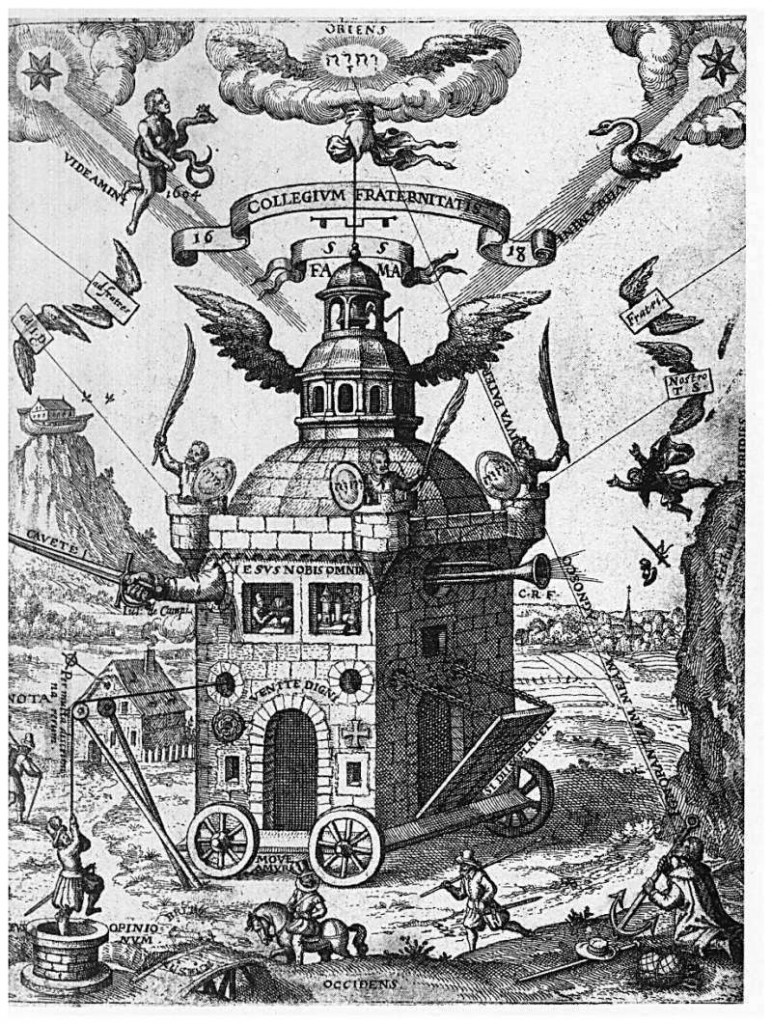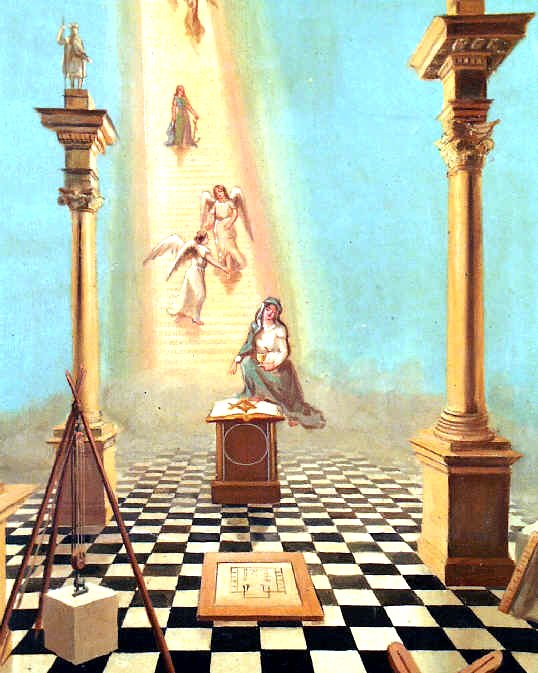p. 53
IT is difficult for this age to estimate correctly the profound effect produced upon the religions, philosophies, and sciences of antiquity by the study of the planets, luminaries, and constellations. Not without adequate reason were the Magi of Persia called the Star Gazers. The Egyptians were honored with a special appellation because of their proficiency in computing the power and motion of the heavenly bodies and their effect upon the destinies of nations and individuals. Ruins of primitive astronomical observatories have been discovered in all parts of the world, although in many cases modern archæologists are unaware of the true purpose for which these structures were erected. While the telescope was unknown to ancient astronomers, they made many remarkable calculations with instruments cut from blocks of granite or pounded from sheets of brass and cop per. In India such instruments are still in use, and they posses a high degree of accuracy. In Jaipur, Rajputana, India, an observatory consisting largely of immense stone sundials is still in operation. The famous Chinese observatory on the wall of Peking consists of immense bronze instruments, including a telescope in the form of a hollow tube without lenses.
The pagans looked upon the stars as living things, capable of influencing the destinies of individuals, nations, and races. That the early Jewish patriarchs believed that the celestial bodies participated in the affairs of men is evident to any student of Biblical literature, as, for example, in the Book of Judges: “They fought from heaven, even the stars in their courses fought against Sisera.” The Chaldeans, Phœnicians, Egyptians, Persians, Hindus, and Chinese all had zodiacs that were much alike in general character, and different authorities have credited each of these nations with being the cradle of astrology and astronomy. The Central and North American Indians also had an understanding of the zodiac, but the patterns and numbers of the signs differed in many details from those of the Eastern Hemisphere.
The word zodiac is derived from the Greek ζωδιακός (zodiakos), which means “a circle of animals,” or, as some believe, “little animals.” It is the name given by the old pagan astronomers to a band of fixed stars about sixteen degrees wide, apparently encircling the earth. Robert Hewitt Brown, 32°, states that the Greek word zodiakos comes from zo-on, meaning “an animal.” He adds: “This latter word is compounded directly from the primitive Egyptian radicals, zo, life, and on, a being.”
The Greeks, and later other peoples influenced by their culture, divided the band of the zodiac into twelve sections, each being sixteen degrees in width and thirty degrees in length. These divisions were called the Houses of the Zodiac. The sun during its annual pilgrimage passed through each of these in turn, Imaginary creatures were traced in the Star groups bounded by these rectangles; and because most of them were animal–or part animal–in form, they later became known as the Constellations, or Signs, of the Zodiac.
There is a popular theory concerning the origin of the zodiacal creatures to the effect that they were products of the imagination of shepherds, who, watching their flocks at night, occupied their minds by tracing the forms of animals and birds in the heavens. This theory is untenable, unless the “shepherds” be regarded as the shepherd priests of antiquity. It is unlikely that the zodiacal signs were derived from the star groups which they now represent. It is far more probable that the creatures assigned to the twelve houses are symbolic of the qualities and intensity of the sun’s power while it occupies different parts of the zodiacal belt.
On this subject Richard Payne Knight writes: “The emblematical meaning, which certain animals were employed to signify, was only some particular property generalized; and, therefore, might easily be invented or discovered by the natural operation of the mind: but the collections of stars, named after certain animals, have no resemblance whatever to those animals; which are therefore merely signs of convention adopted to distinguish certain portions of the heavens, which were probably consecrated to those particular personified attributes, which they respectively represented.” (The Symbolical Language of Ancient Art and Mythology.)
Some authorities are of the opinion that the zodiac was originally divided into ten (instead of twelve) houses, or “solar mansions.” In early times there were two separate standards–one solar and the other lunar–used for the measurement of the months, years, and seasons. The solar year was composed of ten months of thirty-six days each, and five days sacred to the gods. The lunar year consisted of thirteen months of twenty-eight days each, with one day left over. The solar zodiac at that time consisted often houses of thirty-six degrees each.

Moe is the founder of GnosticWarrior.com. He is a father, husband, author, martial arts black belt, and an expert in Gnosticism, the occult, and esotericism.

![Of the signs which were shown from Heaven when the mother of that community departed this life [675 A.D.?] | Book 4 | Chapter 9 Of the signs which were shown from Heaven when the mother of that community departed this life [675 A.D.?] | Book 4 | Chapter 9](https://www.gnosticwarrior.com/wp-content/plugins/contextual-related-posts/default.png)
